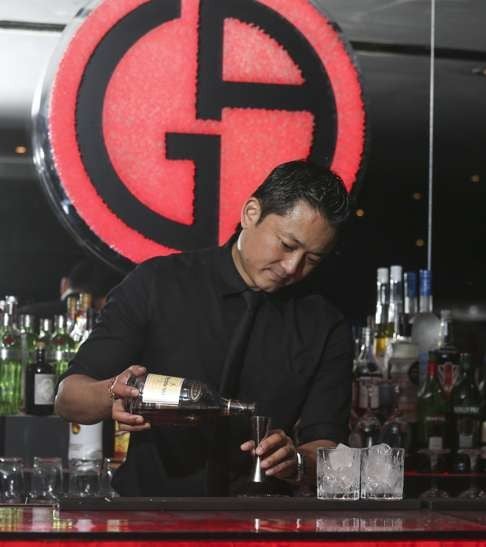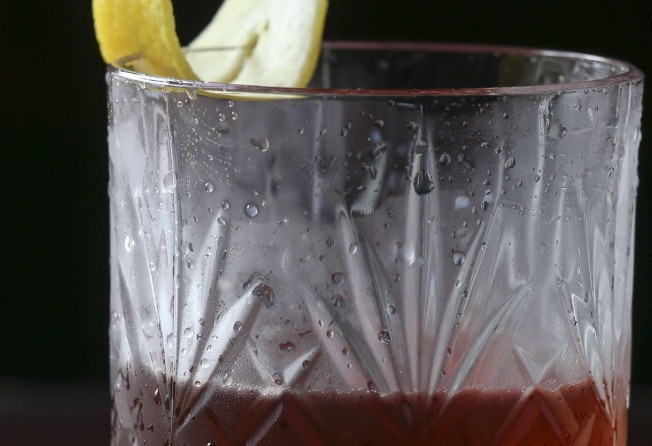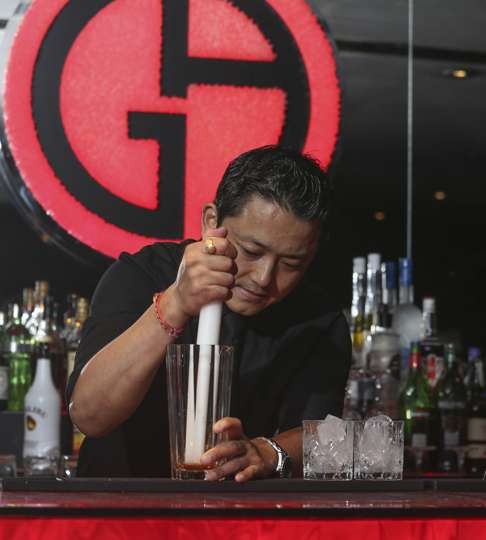
The history of Sazerac, and best places to drink the cocktail in Hong Kong
This drink, originated in New Orleans, has undergone modifications since its creation in the 1830s for various reasons, including the phylloxera epidemic and a scarcity of Peychaud’s Bitters

The Sazerac is the signature cocktail of the city of New Orleans. It’s probably been around since the 1830s, but has undergone considerable modification in the course of almost two centuries.
According to tradition it was first mixed by the apothecary Amedie Peychaud, whose name survives today in the drink Peychaud’s Bitters.
The drink is similar to Angostura bitters, and is still produced today by a large American distilling company that takes its name from the Sazerac cocktail.
Peychaud made the original, simpler, version of the drink with cognac and his eponymous bitters, and mixed it for friends. They spread the word by asking for the combination in New Orleans bars.
It probably picked up its name in the 1850s when a coffee house called the Merchants Exchange, in which Peychaud’s cocktail was popular, changed its name to The Sazerac Coffee House to promote a particular brand of cognac – Sazerac-de-Forge et Fils.
As a brand, Peychaud’s Bitters proved to have greater staying power. The house of Sazerac-de-Forge et Fils has disappeared, apparently without trace, although a few 19th century bottles are offered at dauntingly high collectors’ prices at thewhiskyexchange.com

He has precedent on his side. Cocktail sage Harry Craddock, in the influential The Savoy Cocktail Book, published in 1930, endorses that choice.
Craddock also stipulates rye whiskey rather than cognac, in line with American practice from the 1870s until the introduction of Prohibition in 1920 – and presumably discreetly beyond that date.
The reason for the switch of spirit was the phylloxera epidemic, which devastated the vineyards of Europe during the 1860s. This made grape alcohol of any kind exceedingly hard to come by, but the disaster arguably improved the cocktail.
Different authorities recommend cognac, bourbon or rye whiskey as the main spirit for the Sazerac – although the official International Bartenders Association recipe continues to specify cognac. It also sticks to Peychaud’s Bitters, along with one sugar cube and one centilitre of absinthe.
Limbu says it is all a matter of individual taste, but that generally speaking, the drink is slightly sweeter when made with cognac.
“Rye whiskey, I think, balances the sugar. If a guest doesn’t like too much sweetness I would suggest rye – or bourbon if they prefer something sweeter but still want whiskey,” he says.
The whiskey doesn’t have to be American either. After I’d tasted a cognac Sazerac, Limbu mixed me one with Johnnie Walker Black Label, which was drier, and, I thought, on balance, more complex and interesting than the one closest to the original recipe.
The inclusion of a tiny amount of absinthe seems to have been introduced at around the time of the switch to whiskey in the 1870s. But that, too, ran into supply problems when absinthe was banned in the US from 1912.
Pastis was substituted, and often still is – generally either Pernod, Ricard, or New Orlean’s own absinthe substitute, Herbsaint.

“Pastis also works well. It’s just for an aromatic element,” he explains.
“We use one cube of regular white sugar, muddled with the bitters so they marry, and after that we pour the cognac or whiskey depending on the guest’s preference, stir it with the ice, and then strain into the chilled glass.”
The garnish is lemon peel, rubbed around the side of the glass for a fresh scent, and then squeezed over the drink to release the oils.
Limbu regards VSOP cognac, or regular blended whiskey, as perfectly adequate for a good Sazerac, but says for fans of luxury blends or single malts – or for that matter, armagnac rather than cognac – those can also work.
He likes to occasionally mix one with Oban Highland single malt whisky, and concedes that XO cognac works better than VSOP, but points out that the choice makes the drink significantly more expensive.
“It’s all a matter of guest preference,” he says of a cocktail which throughout its history seems to have been subject to varied interpretations.
Most good cocktail bars will be able to mix you a decent Sazerac, among them the following in Hong Kong:
Armani/Privé, 3/F, Landmark Chater, 8 Connaught Road Central, tel: 3583 2828
Butler, 5/F, Mody House, 30 Mody Road, Tsim Sha Tsui, tel: 2724 3828
Morton’s, 4/F Sheraton Hong Kong, 20 Nathan Road, Tsim Sha Tsui, tel: 2732 2343
MO Bar, Landmark Mandarin Oriental, 15 Queen’s Road Central, tel: 2132 0077